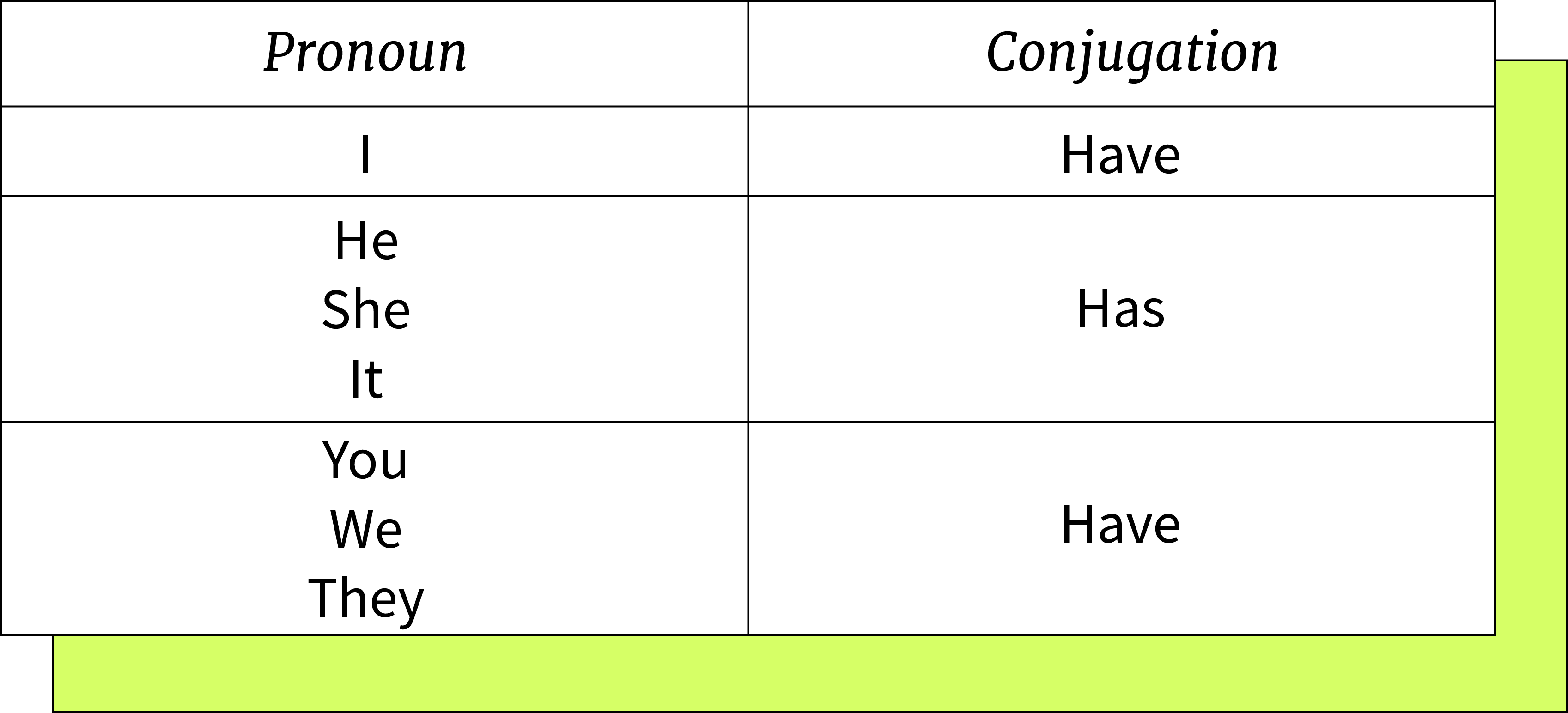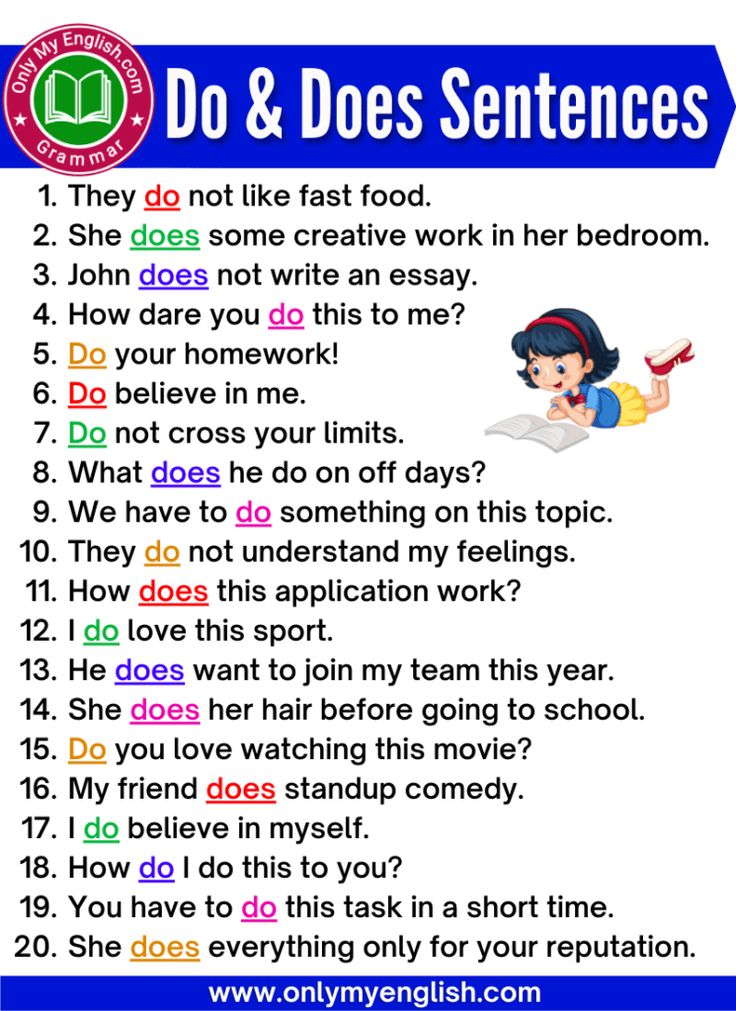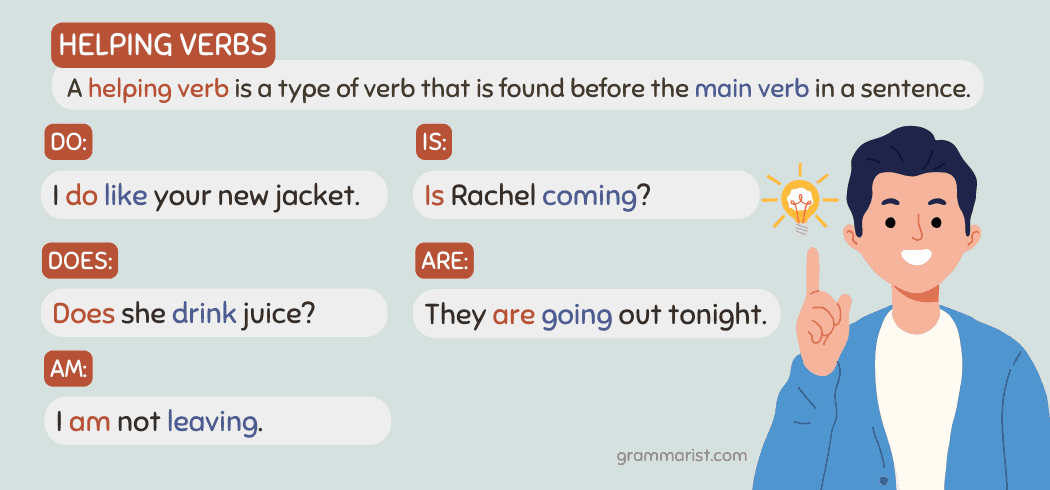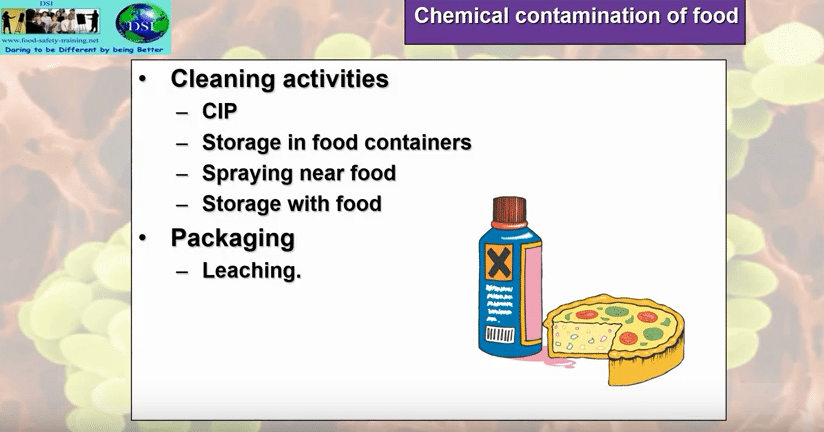How Long Does Mail Take to Travel? U.S. Mail Delivery Times, Factors, and Faster Options
Overview: Typical U.S. Mail Travel Times
If you’re asking how long it takes mail to travel, timing depends on the mail class, distance, routing, and seasonal volume. As a general guide, Priority Mail Express can arrive overnight to most locations, Priority Mail is often 1-3 business days, USPS Ground Advantage typically 2-5 business days, and First‑Class letters usually 1-3 business days per official USPS guidance and widely cited delivery standards [1] [2] .
Because delivery speed varies by origin and destination, the most reliable way to predict timing is to select the right service level, account for distance and seasonality, and build in a buffer for contingencies [1] [2] .
USPS Delivery Speeds by Service
USPS offers multiple domestic services with distinct delivery windows. Choosing the right class is the fastest lever for timing control.
- Priority Mail Express: Overnight to most U.S. locations; fastest USPS option for time‑critical documents and packages. Includes tracking; Sunday and holiday delivery may be available in some cases [2] .
-
Priority Mail:
Commonly
2-3 business days
, with tracking and insurance included; timing depends on origin and destination [1] . -
USPS Ground Advantage:
Typically
2-5 business days
for domestic shipments; an economical choice for non‑urgent deliveries [1] . -
First‑Class Mail (letters):
Letters are often delivered in about
1-3 business days
in many cases; actual timing can vary by distance and processing conditions. While USPS provides class options publicly, delivery standards for letters are not guaranteed, so building a buffer is advisable [2] .
These published delivery ranges represent typical expectations, not guarantees (except for services with guaranteed delivery like Priority Mail Express in many areas). When timing is mission‑critical, select the fastest class and send earlier in the week to avoid weekend or holiday slowdowns [2] [1] .
What Affects How Long Mail Takes to Travel
Several variables influence how quickly your mail moves from Point A to Point B:
1) Distance and routing. Longer distances and multi‑zone routing typically increase transit time. USPS transports mail through regional processing centers and zone networks, so cross‑country deliveries may take longer than intra‑state shipments even within the same class [2] .
2) Service class. Selecting Priority Mail Express or Priority Mail can reduce delivery time versus economical services designed for cost savings over speed (e.g., USPS Ground Advantage) [1] .
3) Volume and seasonality. Peak holiday periods and extreme weather may extend handling and in‑transit times. Planning additional buffer days during late November through December is prudent [2] .
4) Acceptance cutoffs. Dropping mail before local cutoff times and early in the week can help it clear the first processing leg promptly. Late‑day drop‑offs may add a day if they miss the day’s dispatch windows [2] .
5) Address quality and packaging. Clean, machine‑readable addresses and proper packaging reduce manual handling and exceptions that can slow delivery. Invalid ZIP Codes or missing unit numbers can add days due to reprocessing [1] .
How to Estimate Your Delivery Window Step by Step
Use this process to estimate and manage delivery times with higher confidence:
- Define urgency and tolerance for delay. If you need next‑day or a guaranteed window, choose Priority Mail Express; if 2-3 days is acceptable, consider Priority Mail; if cost is the priority and timing is flexible, USPS Ground Advantage may fit [1] [2] .
- Align service to distance. For cross‑country shipments, build in a buffer even with faster classes. For nearby states or metro‑to‑metro within the same region, Priority Mail often hits the 2-3 day range [1] .
- Account for calendar risk. Avoid Friday drop‑offs for time‑critical items when possible. During peak seasons, ship earlier and upgrade the class as needed to maintain your target arrival date [2] .
- Use tracking where available. For packages, choose services that include tracking so you can monitor scans and anticipate exceptions. Priority Mail and Ground Advantage include tracking; Priority Mail Express adds speed and, in many areas, delivery guarantees [1] [2] .
- Prepare accurate addresses. Validate ZIP Codes, include apartment or suite numbers, and ensure clear labeling to reduce manual handling delays [1] .
Real‑World Examples
Example 1: Time‑sensitive proposal to another state. You’re sending a printed proposal from Chicago to New York on a Tuesday and need it there by Thursday. Priority Mail Express often provides overnight to most locations, offering the tightest window and the highest confidence. If cost pressures exist and Thursday delivery is acceptable without a guarantee, Priority Mail is a reasonable alternative at 2-3 business days. Expect success more often when mailing earlier in the week and before local cutoff times [2] [1] .
Example 2: Non‑urgent merchandise cross‑country. You’re shipping a small e‑commerce parcel from California to Florida. USPS Ground Advantage usually arrives in 2-5 business days and is designed for cost‑effective delivery. If a promotional deadline is near, upgrading to Priority Mail helps narrow the window to roughly 2-3 business days in many cases [1] .
Example 3: Local letter within the same metro area. A First‑Class letter mailed Monday morning may arrive by mid‑week when addressed correctly and processed through local facilities. While 1-3 days is common for letters, transit can vary; if the contents are time‑critical, consider Priority Mail or electronic delivery as a backup plan [2] .

Source: etsy.com
Ways to Speed Up Delivery
Choose the fastest class your budget allows. Priority Mail Express provides the quickest arrivals to most locations and is appropriate for deadlines or legal/financial documents. Priority Mail offers a practical balance for two-three‑day targeting. Ground Advantage fits flexible timelines with lower cost [1] [2] .
Ship early in the day and week. Preparing shipments before local cutoffs and avoiding weekend handoffs can shave off a day versus late‑Friday drop‑offs that might not move until Monday [2] .
Package and label for machine readability. Use legible fonts, correct ZIP Codes, and proper packaging. Include apartment/suite numbers and return addresses to reduce exceptions and redirects that add time [1] .
How to Decide: A Simple Selection Framework
Use this framework to match your need with the right service:
- Deadline tomorrow or guaranteed window is essential: Choose Priority Mail Express and confirm expected arrival based on your origin and destination. When possible, ship early and consider insurance and required signatures for critical items [2] .
- Arrival within about 2-3 business days is acceptable: Select Priority Mail. It includes tracking and typically hits the 2-3 day window domestically, depending on distance and network flows [1] .
- Cost‑sensitive, timing flexible: Use USPS Ground Advantage for 2-5 business day targets and clear customer communication about ranges during peak periods [1] .
Practical Steps to Reduce Delays
- Validate addresses before mailing. Confirm recipient name, street, unit, city, state, and ZIP. Small errors can trigger manual handling and add days [1] .
- Build seasonal buffers. During November-December and severe weather events, ship earlier and upgrade classes for high‑stakes deliveries. Communicate expected ranges and plan backups (e.g., digital copies) [2] .
- Track and communicate. For business shipments, use services with tracking to monitor progress, detect exceptions early, and notify recipients. This improves customer satisfaction, especially for e‑commerce [1] .
International Mail Timing (High‑Level)
If your question includes international mail, transit windows widen because of distance, customs, and partner carriers. USPS international services range from about 1-3 business days with Global Express Guaranteed to longer windows (e.g., up to 20 business days) for economy classes, depending on destination and service chosen. Consider customs documentation accuracy and declared values to minimize clearance delays [2] .

Source: firstcry.com
When to Escalate or Choose Alternatives
Escalate when tracking shows no movement for multiple business days beyond the expected window. You can contact USPS customer support with tracking details, visit a Post Office with your receipt, or open an inquiry. For non‑tracked letters that are time‑critical, consider resending with a faster, trackable service.
Alternatives include sending time‑sensitive documents electronically in parallel, using expedited courier options, or splitting shipments (one expedited, one economical) to balance risk and cost.
Key Takeaways
- Delivery time primarily depends on service class, distance, and seasonality; choose class first, then plan buffers.
- Priority Mail Express is fastest to most locations; Priority Mail targets 2-3 days; Ground Advantage is economical at 2-5 days; letters commonly 1-3 days but are not guaranteed [1] [2] .
- Address quality, drop‑off timing, and tracking use help prevent avoidable delays.
References
[1] United States Postal Service (2025). Mail & Shipping Services overview and delivery windows.
[2] Stamps.com (2025). Best USPS Delivery Times & Schedules by service class.
MORE FROM eboxgo.com













